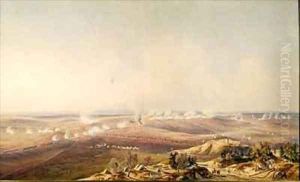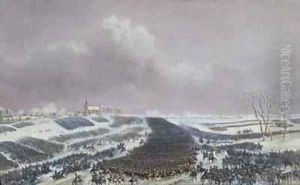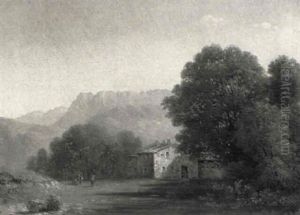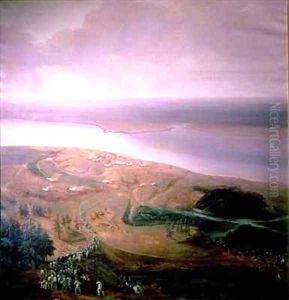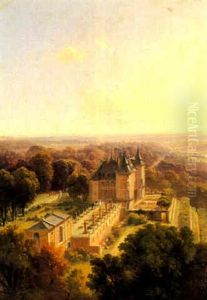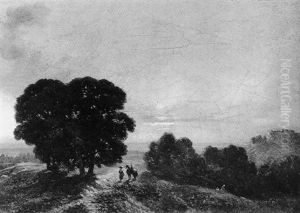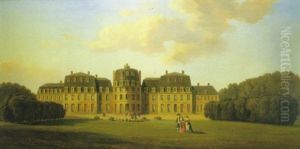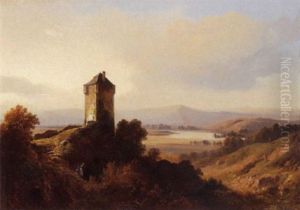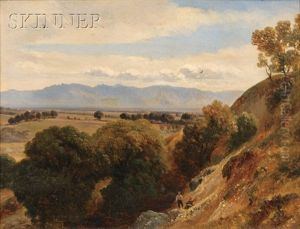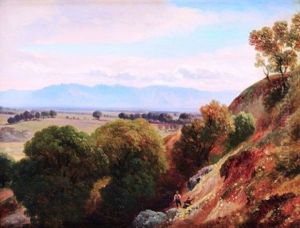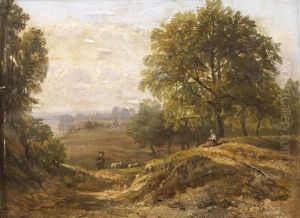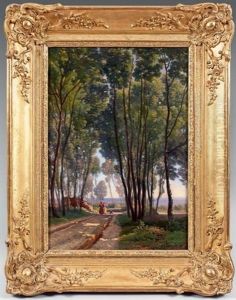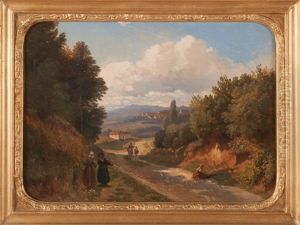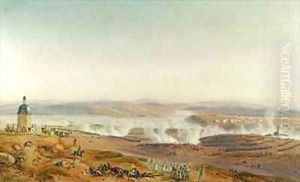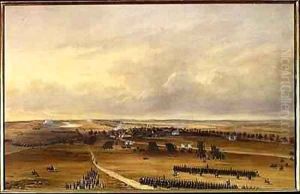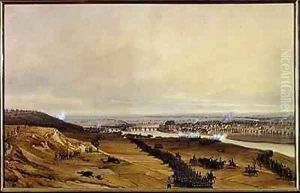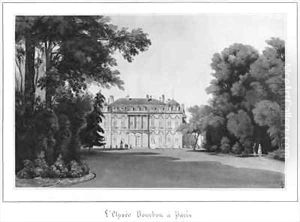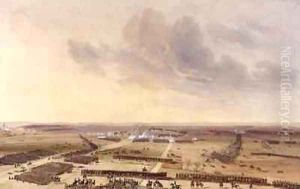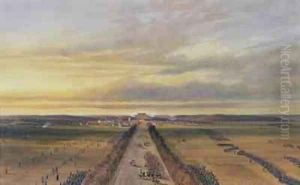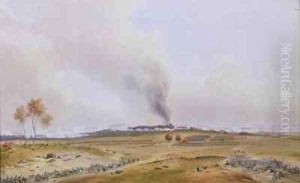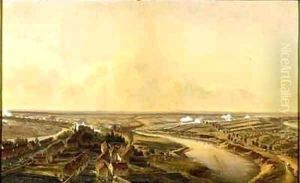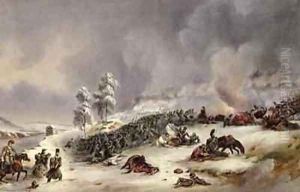Jean Antoine Simeon Fort Paintings
Jean Antoine Simeon Fort, often known simply as Simeon Fort, was a French painter and artist whose work spanned much of the 19th century, a period marked by significant political, social, and artistic upheaval in France and across Europe. Born in 1793, amidst the turbulent years of the French Revolution, Fort's early life and artistic formation were influenced by the dramatic shifts in French society and the arts.
Fort's career unfolded during the Romantic period, a time when art began to emphasize emotion, individualism, and the sublime beauty of nature. Although not as widely recognized today as some of his contemporaries, Fort contributed to the Romantic movement with his distinct style and thematic preferences. His works often depicted historical scenes, landscapes, and portraits, showcasing a keen eye for detail and a profound appreciation for the dramatic and emotive potential of art.
Throughout his career, Fort navigated the changing tastes and political climates of his time. The Napoleonic Wars, the Restoration period, and the revolutions of 1830 and 1848, all left their mark on the subjects and styles of his paintings. Despite these challenges, he managed to secure commissions and exhibit his works at prestigious venues, including the Paris Salon, the official art exhibition of the Académie des Beaux-Arts in Paris. His participation in these exhibitions helped to establish his reputation among the French artistic elite.
In addition to historical and landscape painting, Fort was also known for his portraits, which captured the nuances of personality and status of his subjects. These works reflect the social currents of his time, including the rise of the bourgeoisie and the shifting dynamics of power and prestige in French society.
Jean Antoine Simeon Fort's legacy, while perhaps overshadowed by the luminaries of his era, remains an important part of the tapestry of 19th-century French art. His commitment to capturing the spirit of his time, through a blend of realism and romanticism, offers valuable insights into the cultural and historical contexts of his works. Fort passed away in 1861, leaving behind a body of work that continues to be studied and appreciated for its historical significance and artistic merit.
